Bears are some of the fiercest animals around. Take a look at our list of 35 interesting and weird facts about bears to better acquaint yourself with this incredible animal.
1. The sloth bear has some of the shaggiest fur of all the species. On the other hand, the sun bear has the shortest fur; this is because it has to keep cool in the humid forests of Southeast Asia.
2. The giant short faced bear was the largest carnivorous animal to have ever lived on land. It was twice the size of the largest modern bear, standing at 6 foot 5 inches at the shoulder and on all fours. However, it has gone extinct 12,000 years ago.
3. Bears have two layers of fur. The first is the short layer that keeps the bear warm and the second is the long layer that keeps the water away from the short short layer and the skin.
4. The best way to tell how old a bear is, is to count the rings in the cross section of its tooth under a microscope.
5. Bears are bowlegged, which gives them a much better grip on land and better balance.
6. Wild bears live to be about 30 while captive brown bears live up to the age of 47, largely due to a much safer lifestyle.
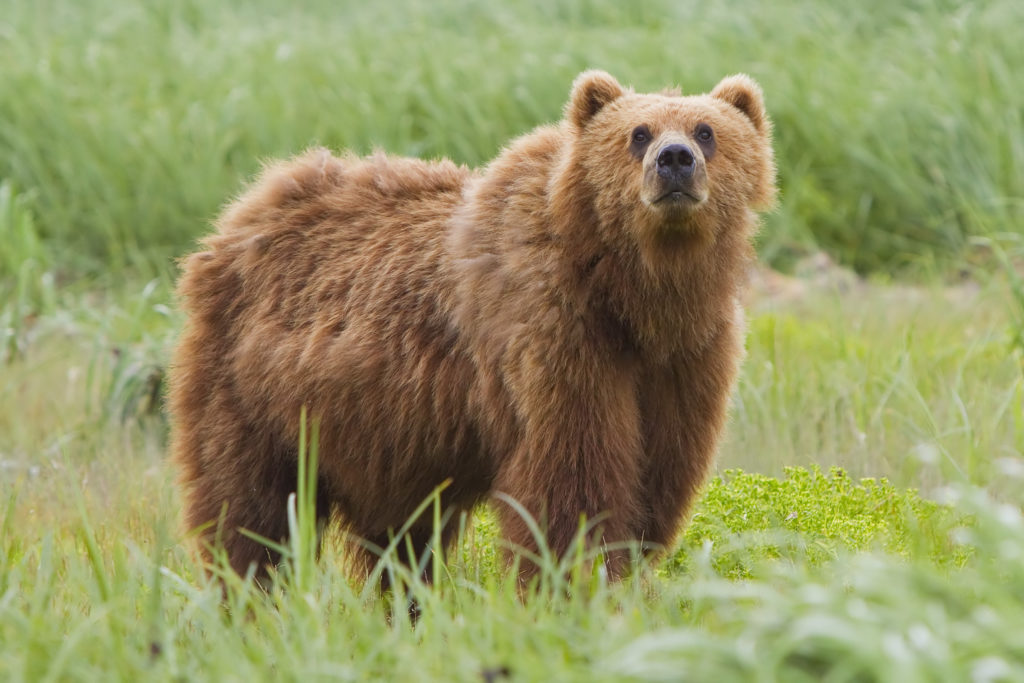
7. While all the other bear species eat both plants and meat, only the polar bear is a pure carnivore.
8. Bears can run up to 40 miles per hour, which is fast enough to catch up to a horse. In comparison, the fastest human alive is Usain Bolt, and he can run up to 27 miles per hour.
9. An average bear’s heartbeat is 40 beats per minute, but when a bear hibernates, their heartbeat drops to 8 beats per minute.
10. Sun bears have the longest claws of any other bear species. They also have the longest tongues, extending up to 9.8 inches.
11. Contrary to the name, black bears aren’t always black. They can come in a wide variety of different colors, from black to brown to white.
12. Bears can see in color, which is unique among many mammals.
13. The black bear is the most common bear species living in North America. They like to live in wooded areas in most Canadian provinces, many U.S. states and most parts of Mexico.
14. When bears mate, the eggs in the female’s body get fertilized but don’t implant within her uterus and begin developing for several months after the fact.
15. A polar bear’s stomach is able to hold 150 pounds, or 68 kilograms of meat.
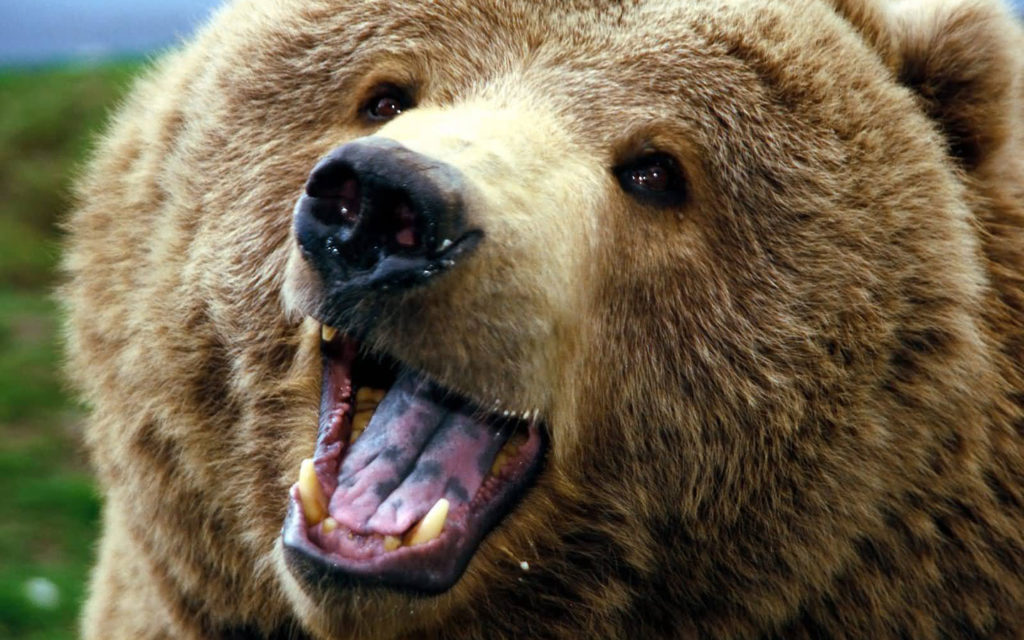
16. When a polar bear is swimming, it can jump 8 feet, or 2.4 meters, out of water to catch its prey.
17. Pandas, who belong to the bear family, have an extra thumb, which is an extra large wrist bone, just for holding onto bamboo stalks.
18. The giant panda has a very large head for its body. This is due to the fact that it needs a strong jaw and neck muscles to eat bamboo, which is 99% of its diet.
19. Bears are known to eat almost anything, including engine oil, snowmobile seats and rubber boots.
20. Sloth bears love to eat termites. They don’t have front teeth so they can such out insects from their nests like a vacuum cleaner. They also have the ability to seal their nostrils for better suction.
21. 98% of the grizzly bears population is in Alaska.
22. Bears can see almost as well as we can, but they can hear and smell a lot better. A bear’s sense of smell is about 100 times greater than a person’s.
23. Polar bears can track down a smell from 20 miles, or 32 kilometers, away. They can smell a dead seal under 3 feet of solid ice.
24. Polar bears can swim for up to 100 miles without resting.
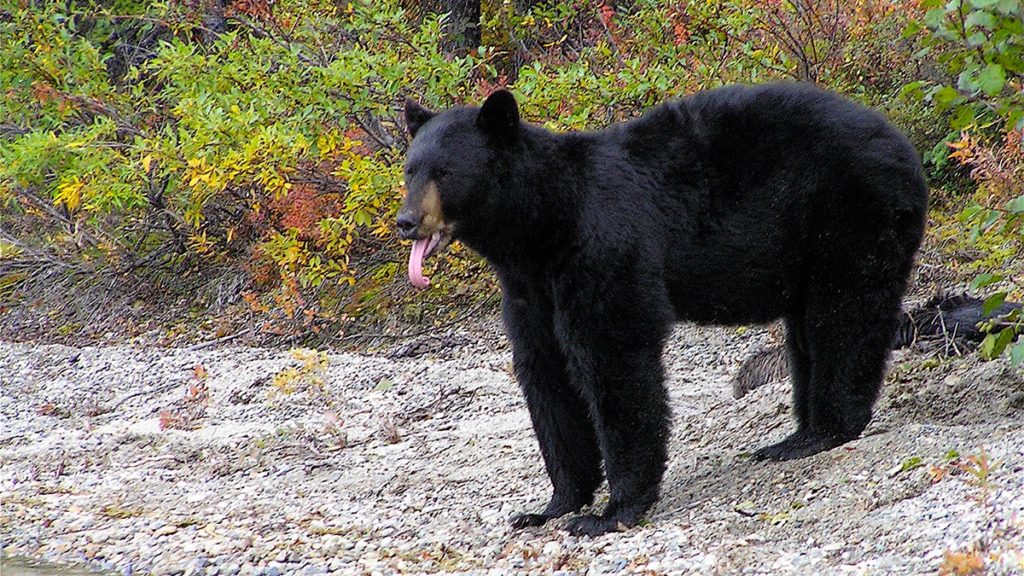
25. The shape of a bear’s claw depends on the species of bear. Black bears, which are known climbers, have claws that are curved and strong. Grizzly bears, which are known to dig, have straight and long claws which makes them excellent diggers.
26. The word “bear” comes from the Old English word, derived from the Proto-Indo-European “bher”, which means “bright brown.”
27. A male bear is called a “boar” or a “he-bear.” A female bear is called a “sow” or a “she-bear.” A group of bears is called a “sleuth” or “sloth.”
28. In Russia, bears have traditionally been regarded as symbols of pride and power. They’re also a common image in fairy tales and myths.
29. The bear comes from the ancient Canidae family, which includes dogs, wolves, foxes and coyotes.
30. A polar bear’s fur ranges from ivory to a palen tan. However, underneath its fur, the polar bear’s skin is actually black, which helps it absorb heat from the sun.
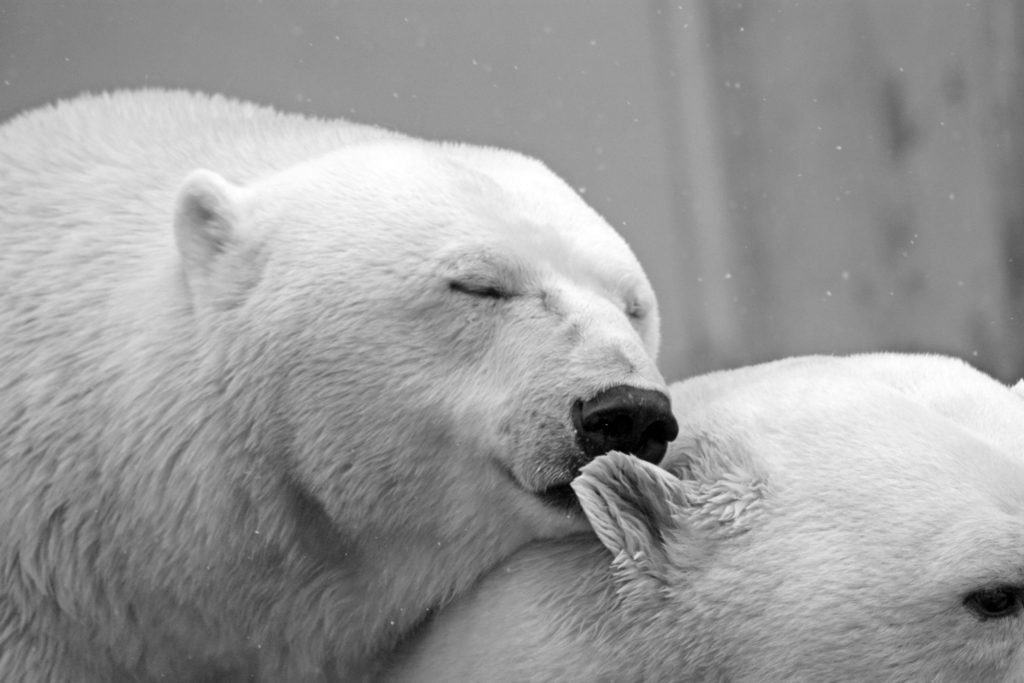
31. Polar bears are the only known bear species that’s also a marine mammal.
32. The grizzly bear gets its name from the silver tipped or “grizzled” hair of a brown bear.
33. There is a variation of the black bear called a Kermode, ghost, or spirit bear. They’re white in color and extremely rare to see in the wild. Native Americans believed that these white bears had supernatural power.
34. The polar bear, Ursus maritimus, is the largest known bear species. A fully grown male polar bear can be up to 10 feet long and weigh up to 1,500 pounds. Female polar bears are twice smaller.
35. Since some bears can walk very short distances on their hind legs, some Native American tribes called them, “the best that walks like a man.”

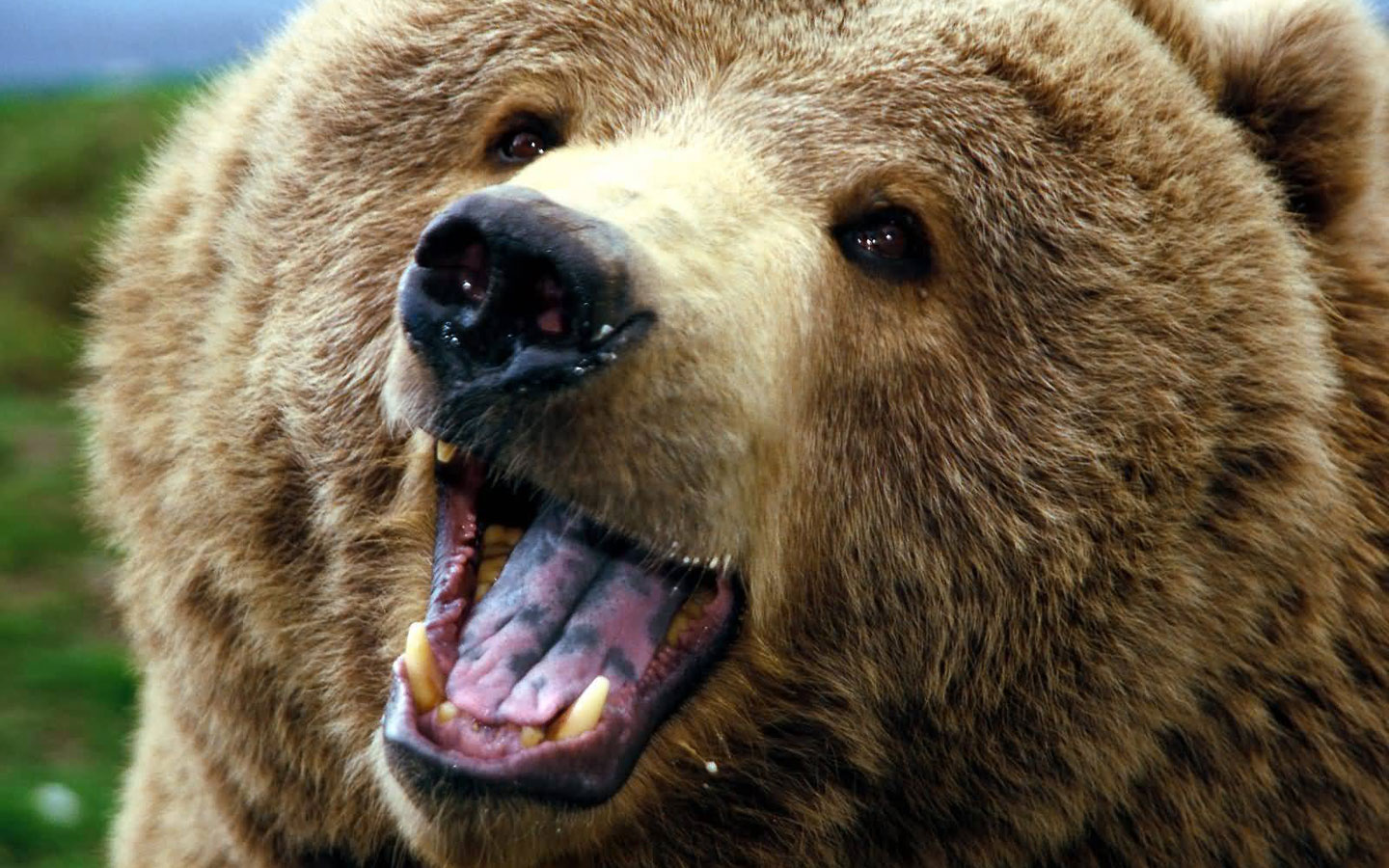
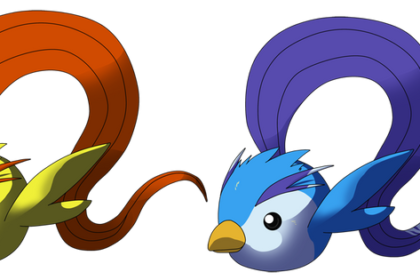


3 Comments
Pingback:
December 17, 2017 at 7:24 pmPingback:
December 18, 2017 at 8:25 pmPingback:
December 26, 2017 at 2:47 pm